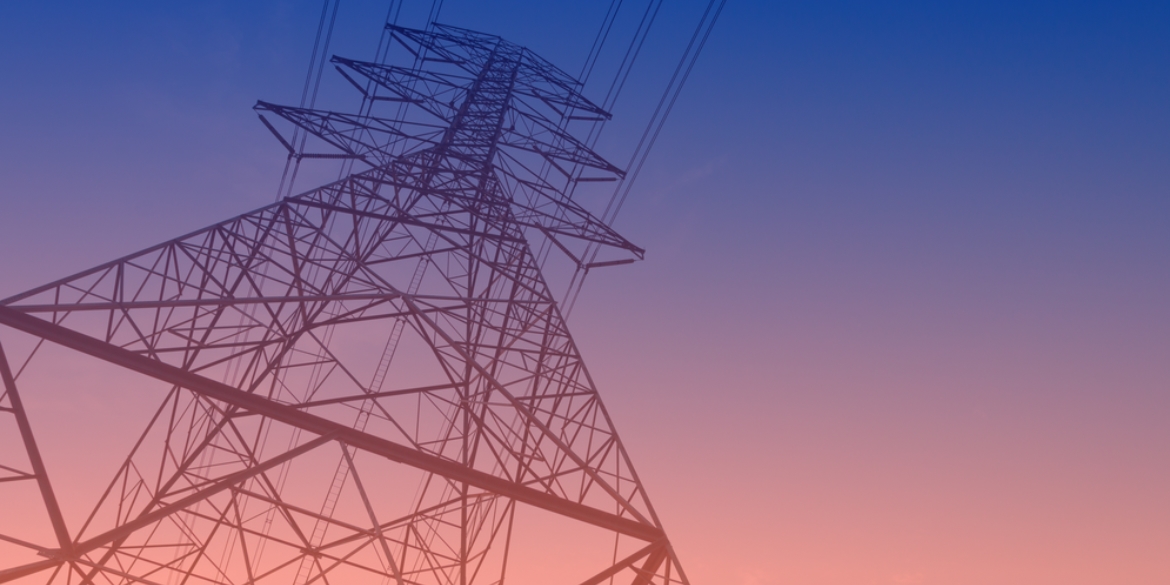In a recent interview with Fierce Energy, President and CEO of the California Independent System Operator (CAISO), Steve Berberich, spoke about where CAISO is headed in 2013. As one of the largest electric grid operators in the United States, CAISO is responsible for providing reliable energy to millions of California residents. In this interview, Mr. Berberich emphasized CAISO’s commitment to maintaining reliability in the face of evolving grid-tied generation sources, as well as compensating for the drop-off of the San Onofre Nuclear Generation Station (SONGS). The loss of SONGS, which is southern California’s largest power plant, leaves a 2 GW hole of high-availability capacity.
Mr. Berberich noted that CAISO is, “integrating the largest portfolio of renewable power in the country as we march toward a 33 percent by 2020 green power mix goal.” As wind and solar generating resources are added both at the transmission and distribution levels, CAISO will need to continue to push forward wind speed and cloud cover forecast technologies. Interestingly, he also points to changes in load on the demand side, both from the ability of solar to offset peak demand caused by the use of air conditioning, and the impact of electric vehicle charging.
As part of ongoing efforts to improve forecasting capabilities, CAISO is running trials of the distributed and central plant forecasting techniques contained in SolarAnywhere® FleetView®. This software creates an aggregate production forecast of the majority of distributed PV systems within the State of California. This forecast can then be broken down into sub-fleet designations by CAISO.
FleetView takes a unique approach in that it creates a forecast for each individual PV system based on location and specifications, then aggregates the results into total distributed power generation forecasts. This information can be effectively applied to load scheduling and balancing operations at the utility or ISO for both scheduling in the day-ahead market, and to predict real-time load.
Given California’s aggressive renewable portfolio standard targets, it’s no surprise that Mr. Berberich is focused on making sure CAISO’s operating systems are ‘using the latest control center tools needed to achieve a greener grid.’ CAISO is among the first to research options for reliably integrating renewable generation sources. As the penetration of distributed, variable-energy sources increases in other regions, the technologies being developed now will become increasingly important. We here at Clean Power Research are excited to be working with CAISO to develop new, scalable technologies to address a changing infrastructure.
